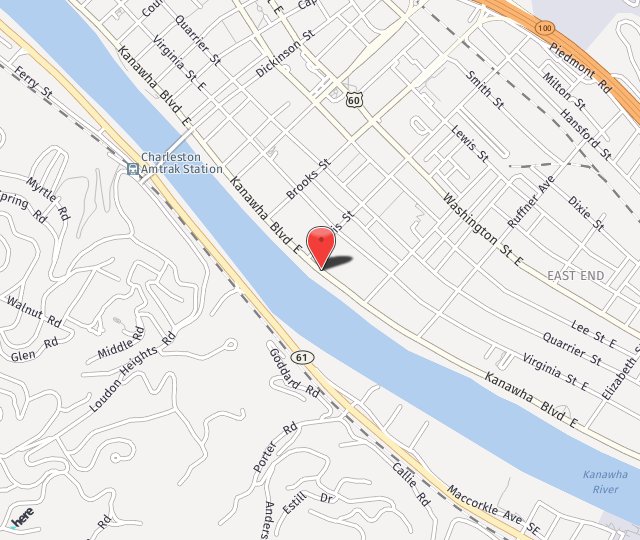Upper Eyelid Surgery
Lower Eyelid Surgery
Blepharoplasty, also known as eyelid surgery, is a surgical procedure that improves the appearance of the eyelids by tightening muscles and tissue or removing excess fat and skin. A lower eyelid blepharoplasty is used to treat the following:
- Under-eye bags
- Drooping lower eyelids
- Excess skin
- Fine wrinkles
- Circles under the eye
A lower eyelid blepharoplasty can be performed on adult men and women alike and offers a younger, more refreshed look that reflects across the whole face.
Blepharoplasty is one of the most commonly performed facial plastic surgery procedures. The popularity of this procedure reflects the importance of the eyes in perfecting overall appearance. If the appearance of the eyes causes a patient to be unhappy, they may want to consider lower eyelid blepharoplasty to improve their look and boost their confidence through a safe procedure with minimal downtime.
Candidates for a Lower Eyelid Blepharoplasty
The best candidates for lower eyelid blepharoplasty are those individuals who meet the following conditions:
- Are in good overall health
- Do not smoke
- Do not have any serious eye conditions
- Have healthy facial tissue and muscle
If a patient has loose, sagging skin or puffy bags beneath their eyes, this procedure can help reduce these unwanted effects and leave the eyes looking young and fresh.
It is important for patients to have realistic expectations before undergoing a lower eyelid blepharoplasty procedure in order to be satisfied with their results. While the procedure can enhance their appearance and may improve self-confidence as a result, it cannot alter a patient's entire appearance or change the structure of their face.
The Lower Eyelid Blepharoplasty Procedure
The lower eyelid blepharoplasty procedure is performed with either local or general anesthesia. The method or procedure to be used will be determined by the amount of fat that needs to be removed, the location of the fat and how tight to make the eyelid. The procedure typically takes from 45 minutes to an hour.
There are several different surgical approaches that can be used in a lower eyelid blepharoplasty. They are as follows:
Transconjunctival Lower Lid Blepharoplasty
Often chosen when no skin needs to be removed, a transconjunctival lower lid blepharoplasty creates an incision on the inside of the lower eyelid, leaving no visible scar or other evidence of the surgery.
Transcutaneous Lower Lid Blepharoplasty
A transcutaneous lower lid blepharoplasty is performed with a subciliary incision, also known as a pinch technique, to remove protruding fat and excess skin.
Transconjunctival Arcus Marginalis Release
A transconjunctival arcus marginalis release moves the fat within the lid to maintain some volume in the soft tissue. It prevents the ridge of orbital bone from becoming too prominent, which causes the eyes to look hollow and the face to appear older.
After the lower eyelid blepharoplasty procedure is performed, the incisions are closed with sutures and usually wrapped in gauze to allow the area to heal.
Recovery After a Lower Eyelid Blepharoplasty
After the lower eyelid blepharoplasty procedure, the surgeon may recommend applying lubricating drops or ointment and cold compresses to aid in the healing process and minimize side effects such as:
- Swelling
- Bruising
- Irritation
- Dry eyes
The eyes may be wrapped in gauze after the procedure as well. Patients can usually return to work within a few days, but should avoid exercise and strenuous activities for at least two weeks. Stitches are usually removed three or four days after the procedure. Swelling and other side effects usually subside within two weeks after surgery. Contact lenses and eyelid make-up may not be worn for two weeks after surgery. The surgeon will give specific instructions on how to care for the eyes post-procedure.
Results of a Lower Eyelid Blepharoplasty Procedure
The results of a lower eyelid blepharoplasty procedure are visible as swelling and bruising subside and will continue to improve for up to a year after surgery. The lower eyelid blepharoplasty procedure is designed to produce long-lasting results. While surgery cannot prevent the eyes from aging, most patients are satisfied with their results and do not seek a repeat procedure.
Risks and Complications of a Lower Eyelid Blepharoplasty
As with any surgical procedure, there are certain risks associated with a lower eyelid blepharoplasty procedure. While rare, these risks include the following:
- Bruising
- Swelling
- Blurry vision
- Malposition of the eye
- Bleeding
- Infection
- Dry eyes
- Skin discoloration
- An inability to fully close the eyes

